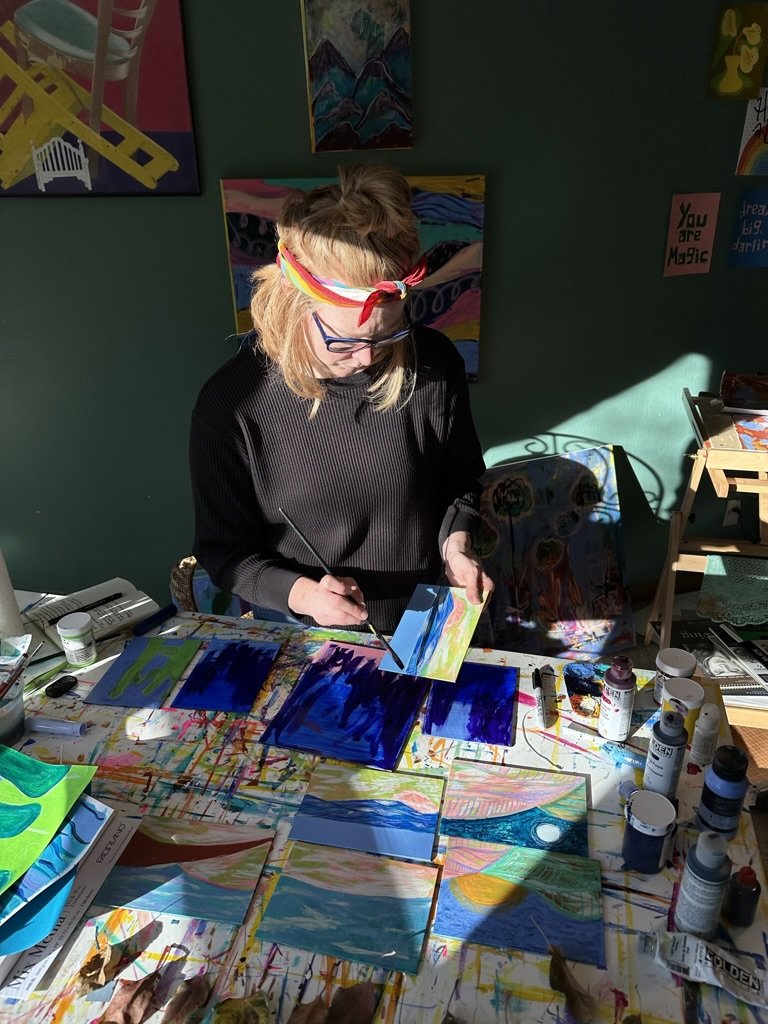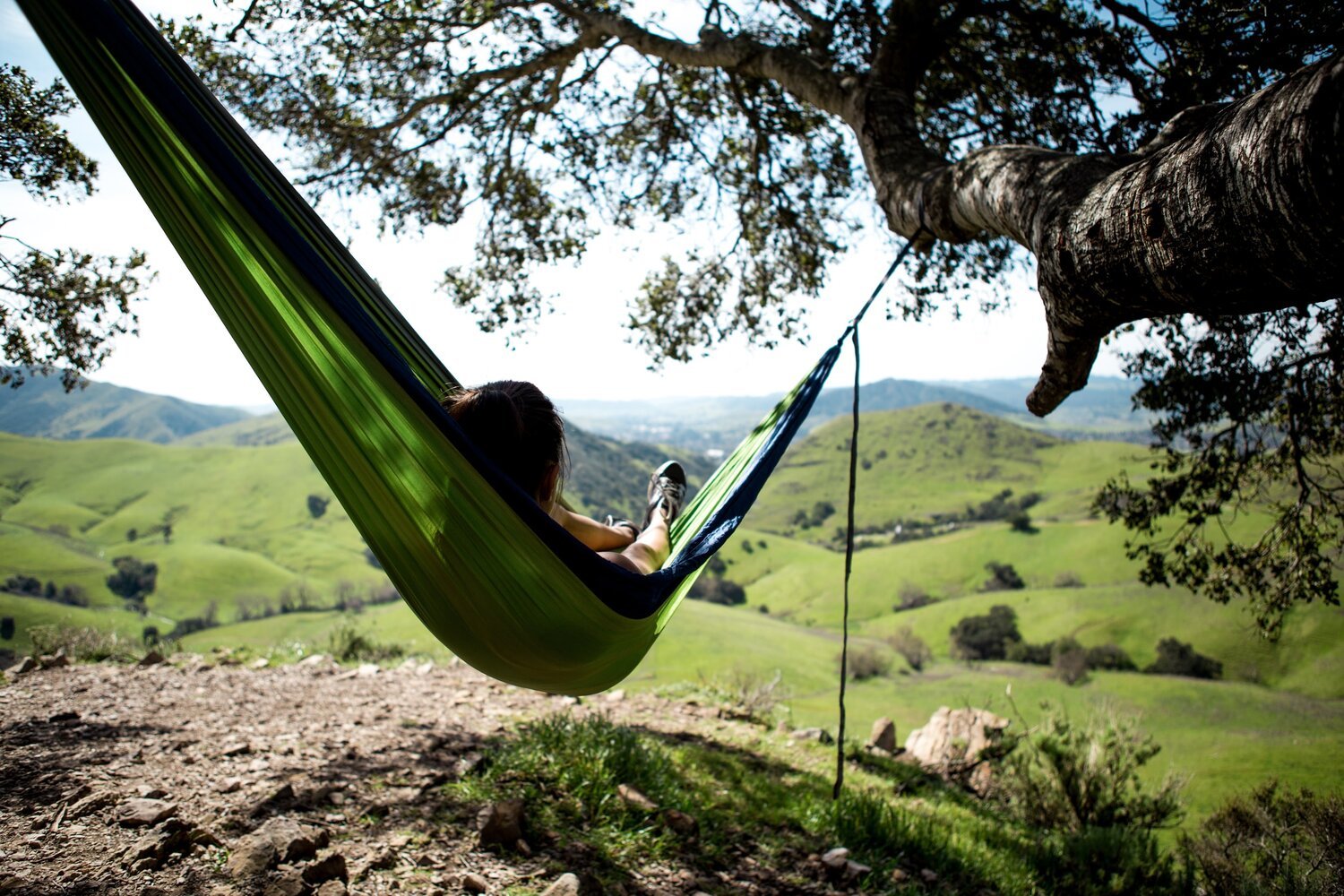Remembering + Reimagining: Yoga Teacher Training Reflections
Why did I pursue yoga teacher training?
There are so many answers to this - layers of reasons, gut-feelings, and also a bit of randomness and mystery, as with so much of life. But for your sake (in reading this) and mine (in writing this), let me try to speak to one - the one that feels most foundational, most potent right now: FREEDOM.
I believe all human beings deserve to experience freedom in body, mind, and spirit. Freedom to breathe. To explore. To play. To choose challenge or to choose ease.
One of our teachers, Sadia Bruce (who along with Cristie Newhart and several other amazing Kripalu teachers guided us along our YTT journey of discovery), offered this reflection that will echo within me for quite some time:
“Practice is not a prison – it is a portal.”
Throughout my life, I have found this freedom in profound, life-sustaining ways through dance and yoga. For me, they have been portals to joy, self-discovery, unimaginable growth, rest and restoration. I have also experienced, as an able-bodied person, the confinement of unbending rules and suffocating standards imposed on my physical form. I witness and decry how these practices can become distorted and crystallized in ways that discourage, diminish, and exclude people.
When I shared with an occupational therapy client that I was doing this yoga teacher training, he chuckled and said, “Well, I’m definitely past the point where I can do that!” He uses a power wheelchair as his primary form of functional mobility. I could feel the expectation for a shared laugh or knowing nod. And I could also feel under the surface of that comment the dangerously powerful current of ableism that runs through the way we practice, teach, portray, and discuss yoga.
How can practice become a prison? Not everyone wants to “do yoga” - I know that is true. Yet there are many who dare not even consider that they could. Because yoga, in its current, co-opted Western iteration, has become grossly reduced to a very specific aesthetic, oftentimes a set of prescriptive physical forms and sequences. For those of us who steward the gifts of yoga, I think we absolutely can and need to change that limited and limiting approach.
A portal is a door - a threshold to another place. So, this practice of yoga has everything to do with inclusion, everything to do with ensuring that everyone has access to whatever deeply personal things await us on the other side. This portal is a place to extend radical welcome as well as to allow ourselves to be ushered into a new way of practicing.
So, what am I doing as an occupational therapist who is also teaching yoga? It might be a bit overstated to say I’m trying to tear down prisons. For now, I hope I am:
Breaking down walls,
leveling uneven thresholds,
and clearing the rubble
so that all who have a desire to approach yoga,
for whatever goal or purpose, reason or non-reason,
can enter.
But moreover,
resisting the notion that those constraints,
those leashes of perfectionism
truly serve any of us,
and in so doing,
reclaiming the joy of movement
and the gift of breath
flowing free.
One of my main goals is to help people discover more freedom in their bodies and lives. This is what brought me to yoga teacher training. This is what takes me out into my community and deeper into my practice, supporting people living with chronic, progressive, and complex health conditions.
With great insight and reverence, Sadia calls yoga “our remembrance ritual.” Perhaps it is also our reimagination ritual. Can we remember ourselves through yoga and reimagine yoga through ourselves? Can yoga be a path to greater self-compassion and freedom for all people with bodies? Can poses (asana) be portals of expression rather than boxes to wrestle the body into?
YES.
Let us make the answer a resounding yes.












